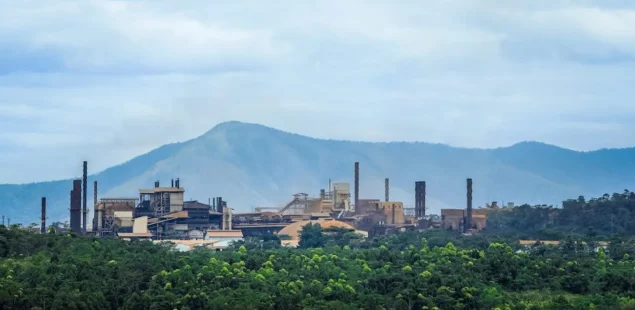
S&P Global Market Intelligence, mining data provider, and the gold industry, producers and explorers, have added three deposits to the list of “major discoveries” in 2024, lifting the global inventory of gold contained in discoveries since 1990 to almost 3 billion oz across 353 deposits—but most of the ounces came from old finds that have only now crossed S&P’s 2-million-oz threshold. The database rose 3% (up 82 million oz) from 2023, when 350 deposits held 2.9 billion oz, while no major discoveries were actually made in 2023–24.
Fewer new deposits, more “matured” discoveries
S&P’s analysis shows the recent additions were discovered decades ago and only recently met its “major” cut-off. Since 2020, just six major discoveries—together 27 million oz—have been logged, and none from the past decade ranks among the 30 largest finds. The average size of new deposits in 2020–24 was 4.4 million oz, well below 7.7 million oz in 2010–19, underscoring a structural decline in discovery quality. Methodologically, S&P aggregates reserves, resources and past production for deposits first discovered since 1990 to compare discovery cohorts through time.
Exploration budgets retreat—and shift away from grassroots
The drought in new finds coincides with weaker funding. Global non-ferrous exploration spend fell for a second year as higher rates pinched junior financing. S&P pegs total budgets down 15% in 2023 and a further 7% in 2024, with gold allocations slipping to about $5.55 billion last year despite record prices. Critically, grassroots work keeps shrinking: early-stage programs accounted for just ~19% of 2024 gold budgets, versus ~50% in the mid-1990s, as companies emphasise lower-risk drilling around known deposits.
Market impact and industry behaviour
With fewer new tier-one discoveries, reserve replacement is coming via brownfields drilling and M&A rather than greenfields success. Deal data from S&P show gold again dominated mining M&A in 2024 as producers bought ounces instead of finding them. Long lead times also play a role: S&P’s development studies suggest large projects can take decades to move from discovery to first metal, which helps explain why “new” inventory is often the delayed fruition of earlier exploration cycles.
Pricing backdrop and near-term incentives
The incentive price is there—spot bullion traded around $3,360/oz on August 11 after setting fresh records above $3,500/oz last week—but the budget response has lagged. The divergence reflects tight capital access for juniors and a preference among majors to direct cash toward balance-sheet repair and buybacks. If prices stabilise above $3,000/oz, S&P expects more interest in exploration, though discovery rates may not recover quickly without a decisive shift back to frontier programs.
Company Background and Market Context
S&P Global Market Intelligence maintains one of the industry’s longest-running discovery databases and annual “World Exploration Trends” reports, tracking deposits, budgets and the share of spending by company type and stage. The latest discovery census (1990–2024) tallies 353 deposits with nearly 3 billion oz, up from 350 and 2.9 billion oz in last year’s edition. Its separate budget survey places 2024 gold exploration at roughly $5.55 billion, down 7% year-over-year, following a double-digit decline in 2023.
Gold is a monetary hedge and an essential input to jewelry and electronics. Prices have climbed to record territory in 2025, supported by central-bank buying and macro hedging; yet the pipeline of new deposits remains thin, implying reserve replacement will continue to rely on brownfields work and acquisitions unless early-stage spend rebounds.



